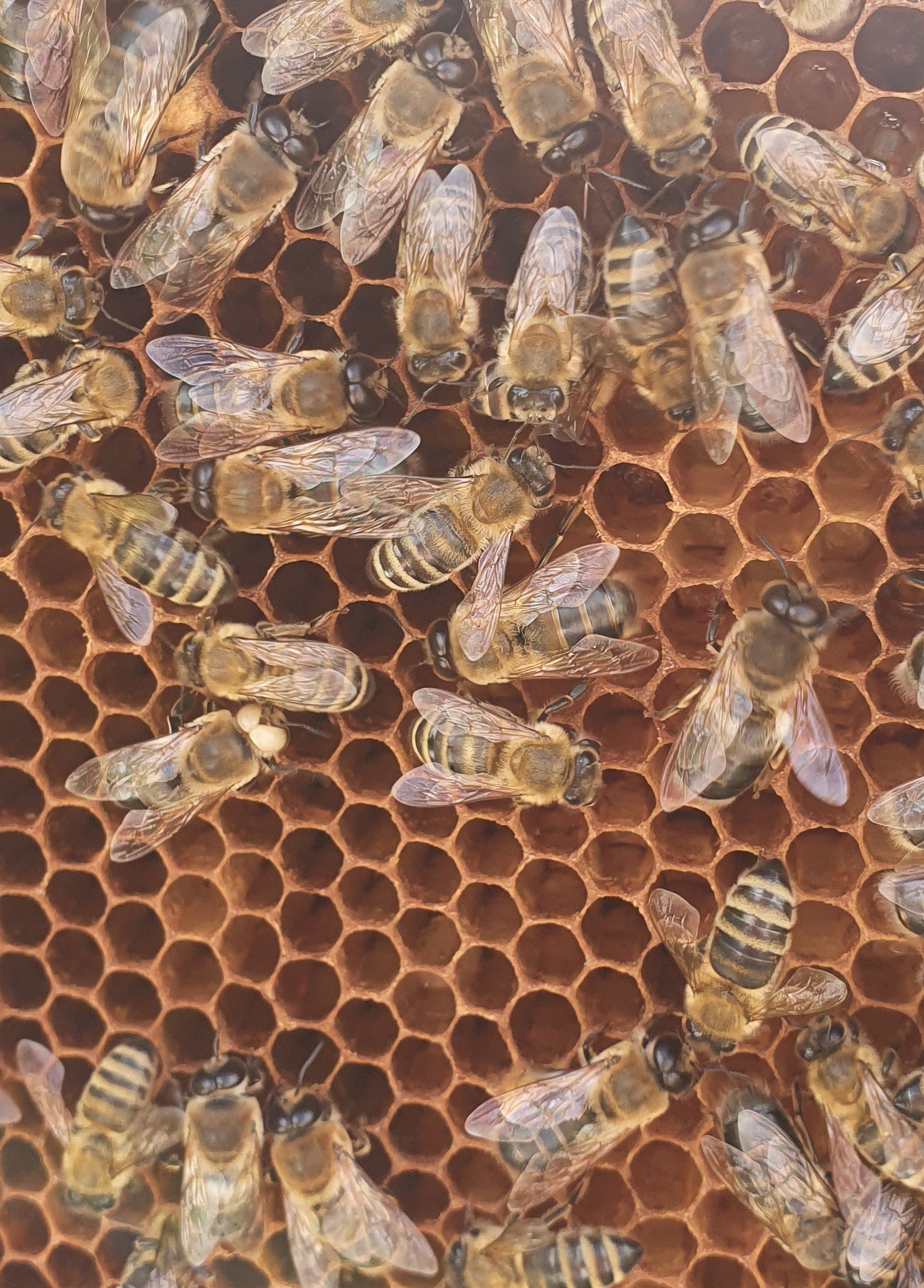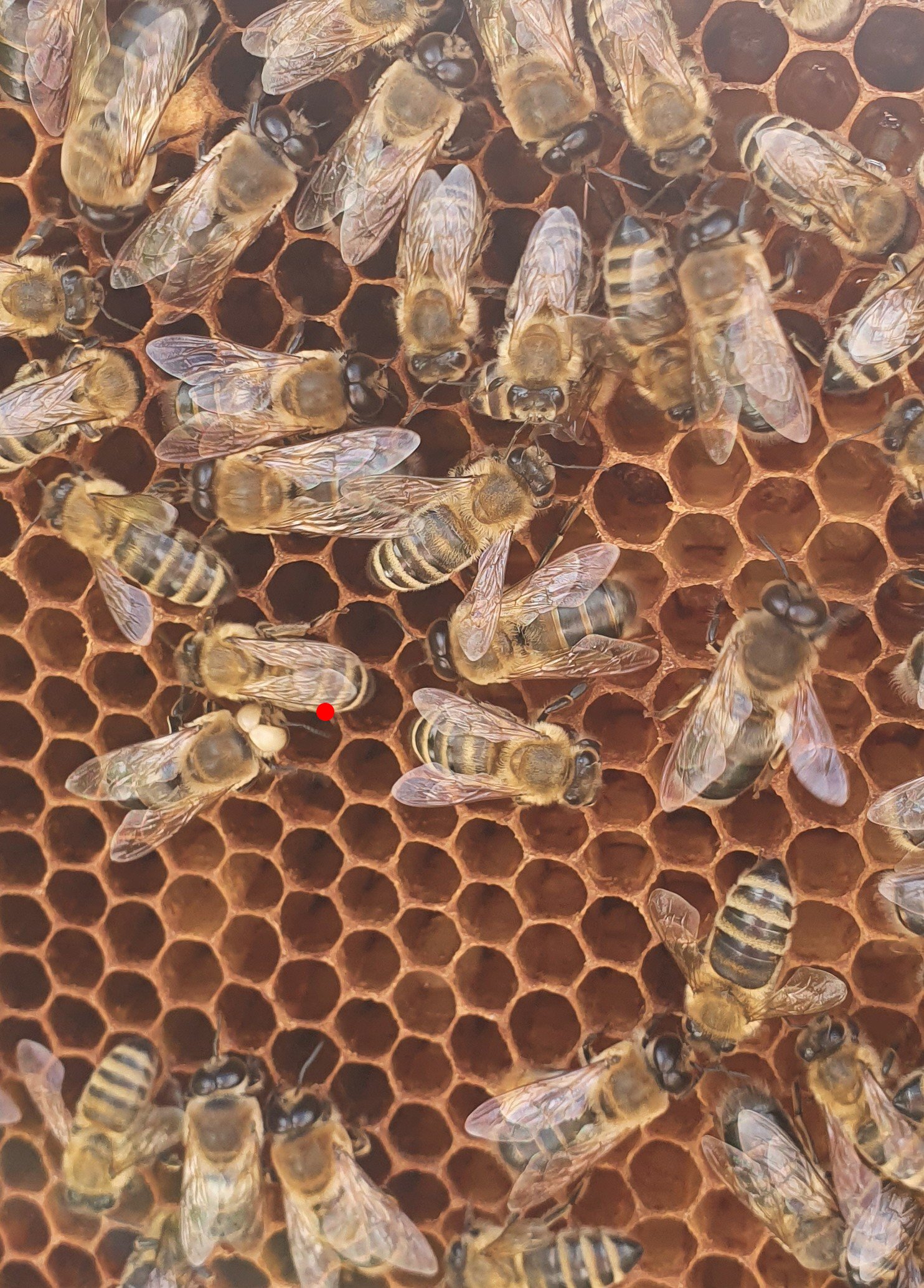This repository contains
- a TensorFlow Lite model to that can be used to predict the attention center of an image, i.e. the area where the most salient parts of an image lie.
- a python script that can be used to batch encode images using the attention centers. This can be used with the submodule libjxl in order to create JPEG XL images such that decoding the image will start from the attention center determined by the model.
Using Saliency in progressive JPEG XL images is a blog post from 2021 about progressive JPEG XL images.
Open sourcing the attention center model is a blog post from 2022 about this open source project.
For the training of the model center.tflite has been trained with images from the Common objects in context annotated with saliency from the salicon dataset.
Make sure you have python and tensorflow installed.
- Clone it from GitHub including the submodules
- Build libjxl, for example by following the instructions given in the the libjxl repo.
- run the
encode_with_centers.pyscript.
Here ${INPUT_IMAGE_DIR} contains images that can be opened with the Python Imaging Library and ${OUTPUT_IMAGE_DIR} will be created if it does not exist and the encoded JPEG_XL images will be placed there.
git clone https://github.com/google/attention-center --recursive --shallow-submodules
cd attention-center/libjxl
mkdir build
cd build
cmake -DCMAKE_BUILD_TYPE=Release -DBUILD_TESTING=OFF ..
cmake --build . -- -j$(nproc)
cd ../../
python encode_with_centers.py --lite_model_file=./model/center.tflite \
--image_dir="${INPUT_IMAGE_DIR}" --output_dir="${OUTPUT_IMAGE_DIR}"There are the following flags:
--[no]dry_run: If true, only do a dry run, do not write files.
(default: 'false')
--encoder: Location of th encoder binary.
--image_dir: Name of the directory of input images.
(default: './libjxl/build/tools/cjxl')
--lite_model_file: Path to the corresponding TFLite model.
--new_suffix: File extension of the compressed file.
(default: 'jxl')
--output_dir: Name of the directory of the output images.
--[no]verbose: If true, prints info about the commands executed.
(default: 'true')
An example for using -- would be
python encode_with_centers.py --lite_model_file=./model/center.tflite --image_dir=/tmp/images --output_dir=/tmp/out/ -- -distance 1.1Here we pass the flag --distance 1.1 to cjxl.
The flags and arguments for --center_x, --center_y and --group_order are automatically injected.
Here we show an example image, where the calculated attention center of an image is computed. Running
python encode_with_centers.py --lite_model_file=./model/center.tflite --image_dir=./assets --dry_rungives the following verbose output:
libjxl/build/tools/cjxl_ng -center_x 522 -center_y 1143 assets/white_eyes_bee.jpg white_eyes_bees.jpgThis tells us that the computed attention center is at pixel coordinates (522, 1143). We mark the attention center with a red dot and compare it with the original image.
Check out how some JPEG XL images encoded with the help of the attention center model look like at different stages when loaded with Chrome: google.github.io/attention-center
Authors: Moritz Firsching and Junfeng He

